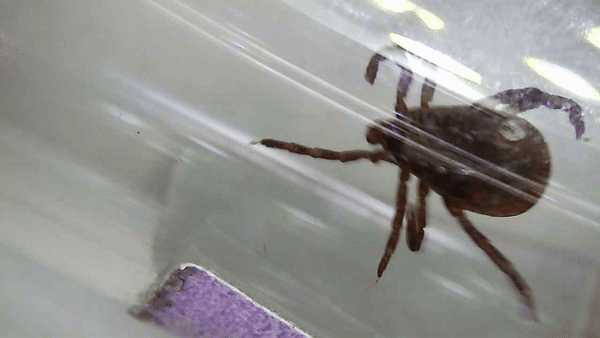– notes from the Field Lab –


– Guest appearances by furry critters! –

Here I share updates on my independent research in naturally sourced compounds effective against drug-resistant parasites, and other topics that capture my interest.

• Teaming with nature to fight drug-resistant parasites •
Antiparasitic drugs continue to lose their potency as drug resistance evolves and spreads rapidly across the world. This leaves all of us, and our animals, vulnerable to parasites.
I study many kinds of parasites, both internal and external, with focus on solving the problem of antiparasitic drug resistance to control vector-borne and zoonotic diseases. My research aims to provide economical, naturally sourced, and environmentally-friendly antiparasitic control strategies suitable for any sector concerned with natural science.
When drug resistance makes modern antiparasitics ineffective, we need all the creative solutions we can find. But why reinvent the wheel?
I draw upon traditional knowledge of medicinal botanicals passed down through generations in many different cultures, including my own. While traditional medicine practices are unlikely to replace modern antiparasitics any time soon, there is ample evidence to suggest a scientific basis of efficacy that can augment or be an alternative to conventional drugs – essential strategies to contend with drug resistance in parasites.
• Peruse the blog to learn more! •
-
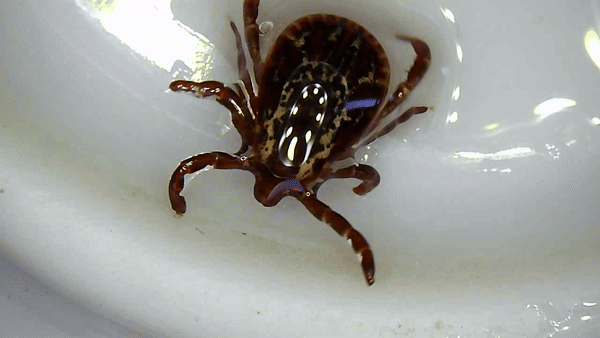
April 15, 2024 Introduction: I found evidence to suggest balsam resin could have ectoparasiticidal activity against ticks in my previous preliminary investigation of balsam resin for use in tick control. While I did not distinguish between tick species in the first preliminary investigation, I think it’s important to do so now, as different species can…
-

April 13, 2024 ***Content warning: this post contains images of wounds*** Abies balsamea produces a resinous exudate, colloquially known as “Canada balsam,” which helps heal wounds and fight infection when the plant is injured. “Canada balsam” is not a sap, as it is sometimes called, but a resin. Though subtle, the features that differentiate sap…
-
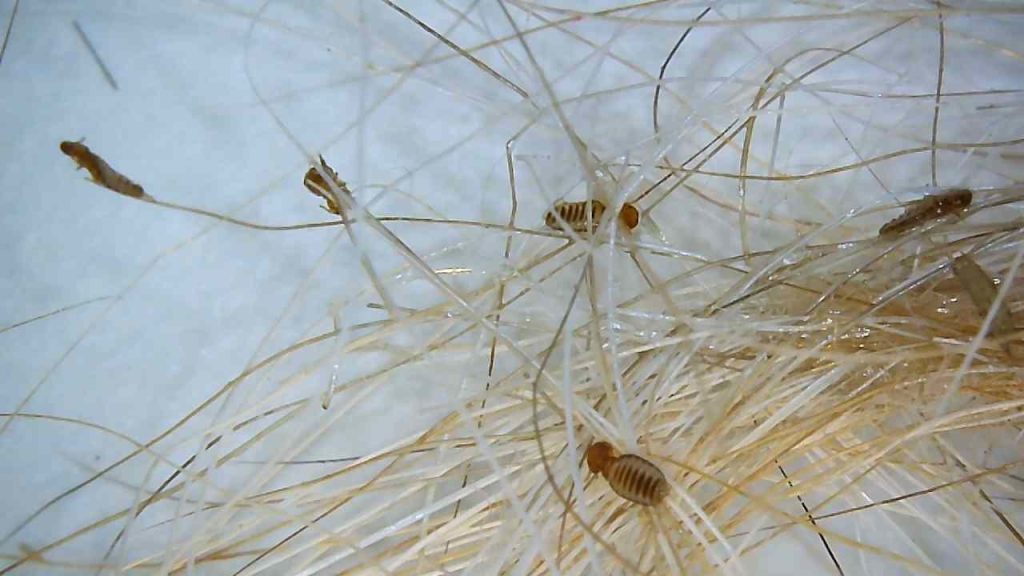
Balsam in Carrier Oil March 30, 2024 Research Statement: Thus far, my quest to find a solution for dairy goat lice infestations during cold temperatures without passing harmful residues into the milk suggests balsam resin is an effective ectoparasiticide. The challenge now is finding an appropriate formulation for practical application. I am interested in finding…
-
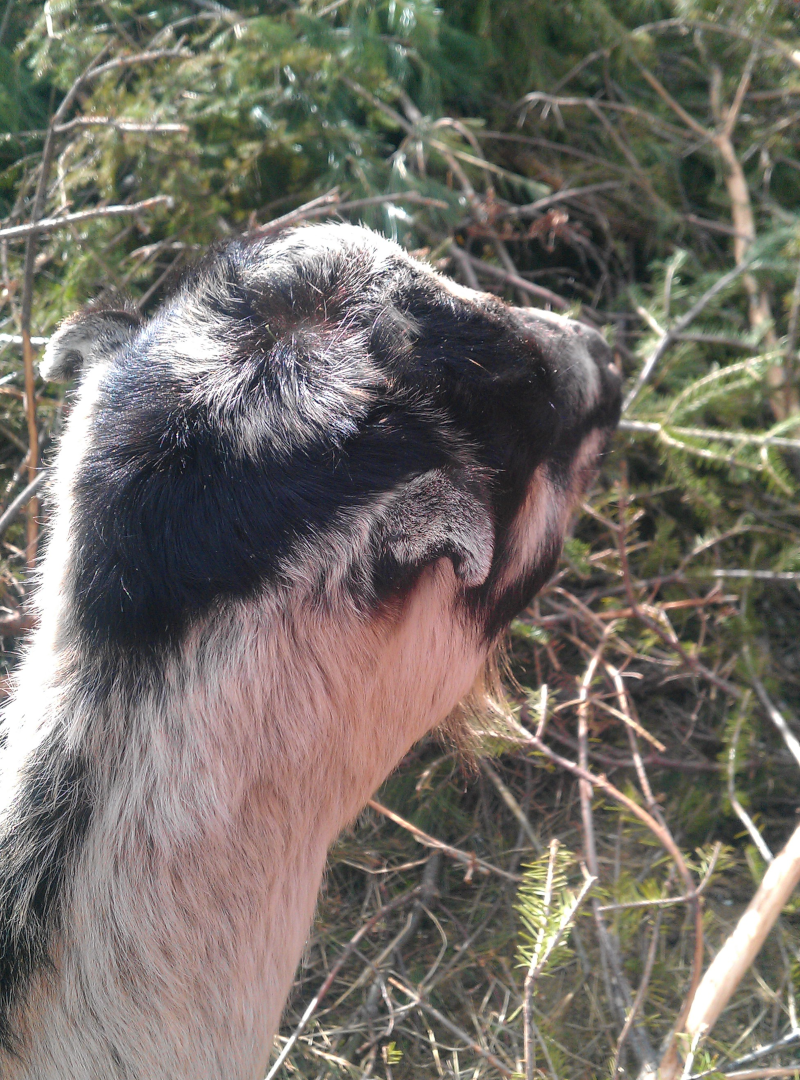
Balsam Resin Toxicity Assay March 27, 2024 Case Study: In February, an organic goat farm reached out for my assistance with lice control in their dairy herd. Their prized dairy buck had developed a double case of parasite infections – Strongyloides (pinworms) and Bovicola caprae (goat lice). This dairy buck enjoyed breaking out of his…
-
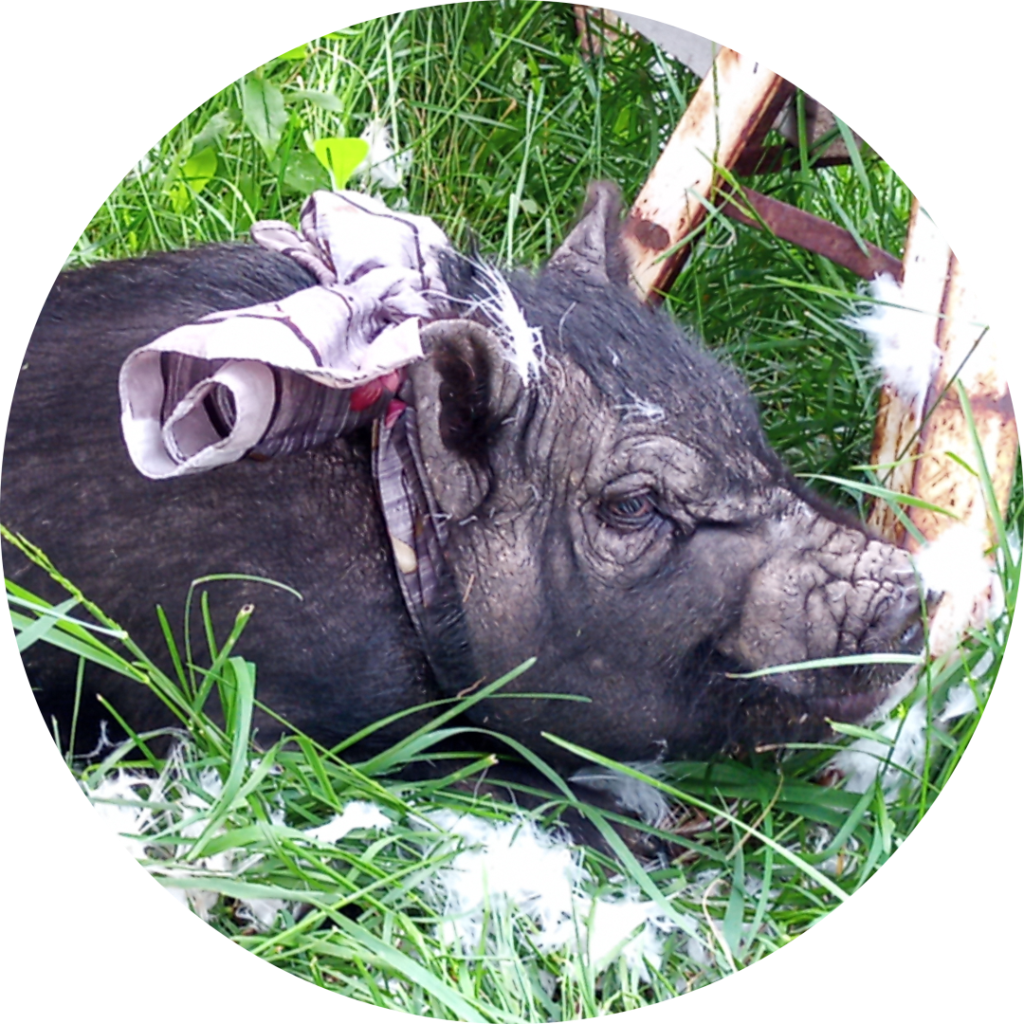
March 14, 2024 Background: Continuing from the concepts taught in my Sarcoptic Mange lesson, let’s look at a real-world example in pigs. Sarcoptic mange in pigs is caused by the species Sarcoptes scabieisuis, which can infect and cause symptoms in piglets as young as four days old1. Infestation spreads rapidly through shared bedding and pens,…
-
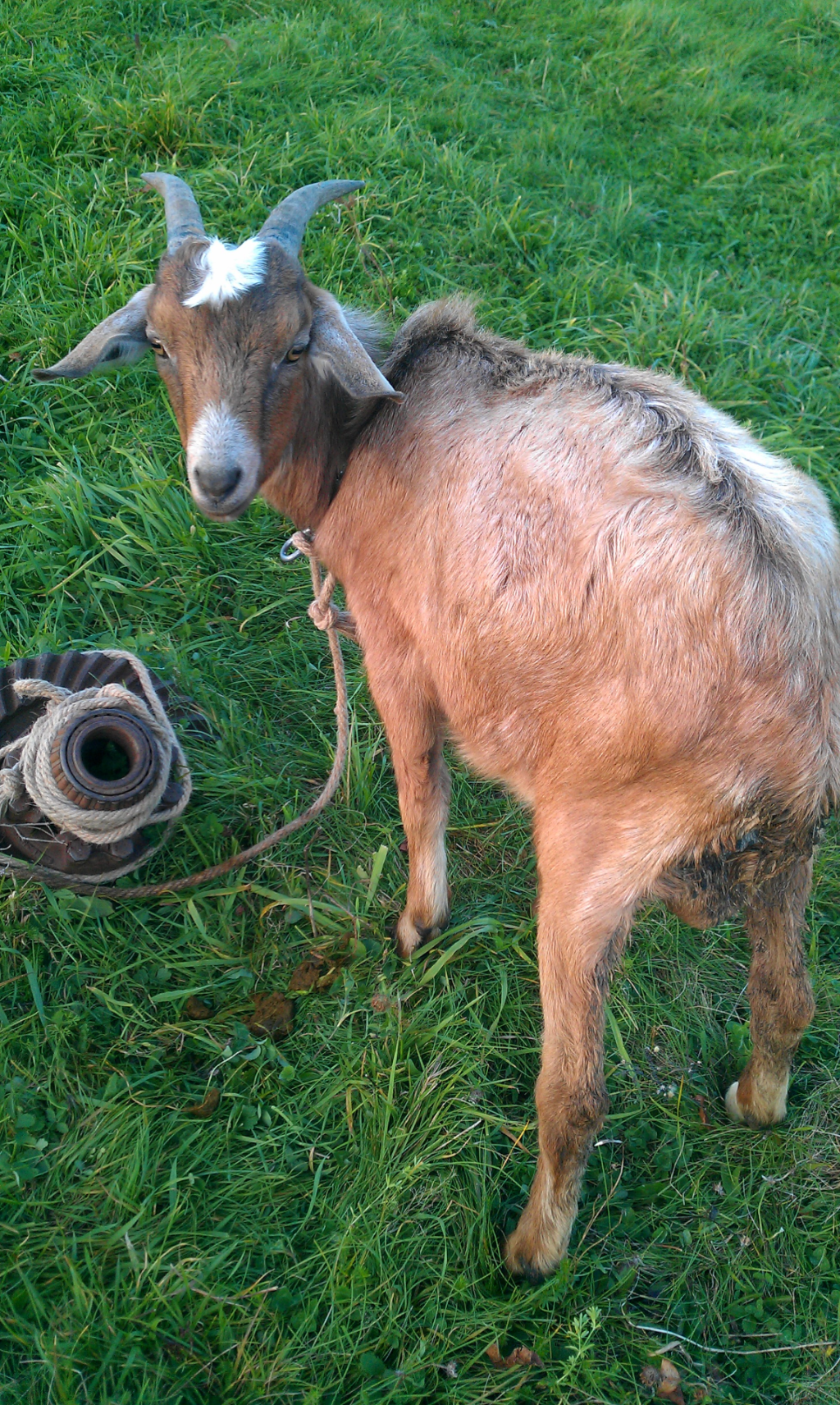
Feb 29, 2024 Background: Strongyloides, colloquially known as threadworm in the USA or pinworms in the UK, is a genus of soil-transmitted nematodes infecting the small intestines of mammals1,2,3. While there are various species of Strongyloides, each species generally tends to be specific to its host, although this has been determined on the basis of…
-
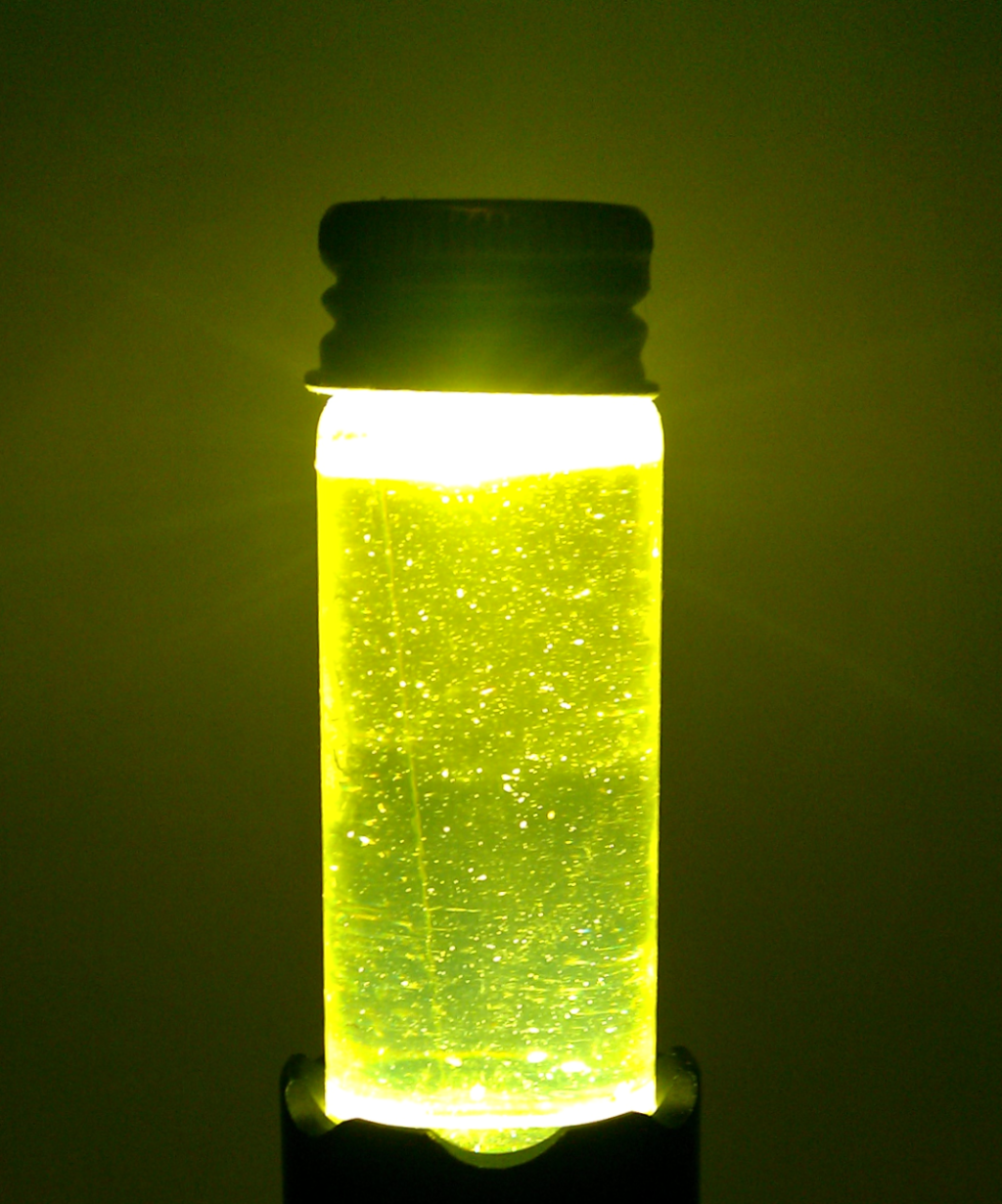
Feb 13, 2024 Introduction: Ectoparasiticides are antiparasitic drugs used to treat infestations of ectoparasites – parasites that live on the outside surface of the host body, including ticks, mites, lice, and leeches. Ectoparasites typically feed on blood, dead skin, or sebaceous secretions1. Ectoparasite infections, while typically less lethal than other kinds of parasite infections, cause…
-
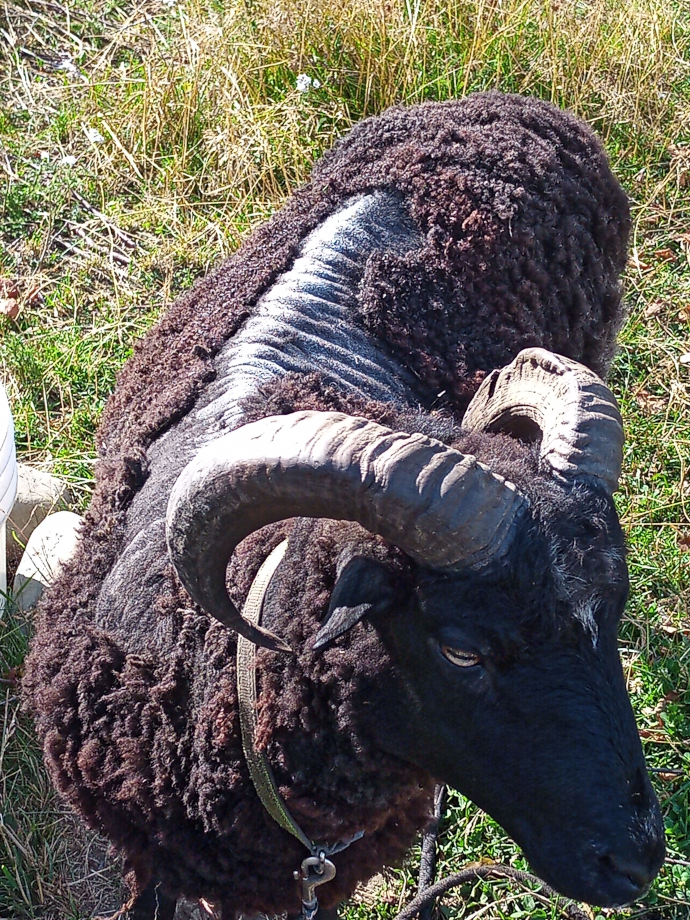
March 1, 2023 What became of the ram suffering from flystrike? Well, here’s a brief update. The topical ivermectin treatment worked to kill the larvae present at the surface of the skin. However, it was quickly noticed that the blowflies continued to land at the infection site within a week of treatment. There…
-
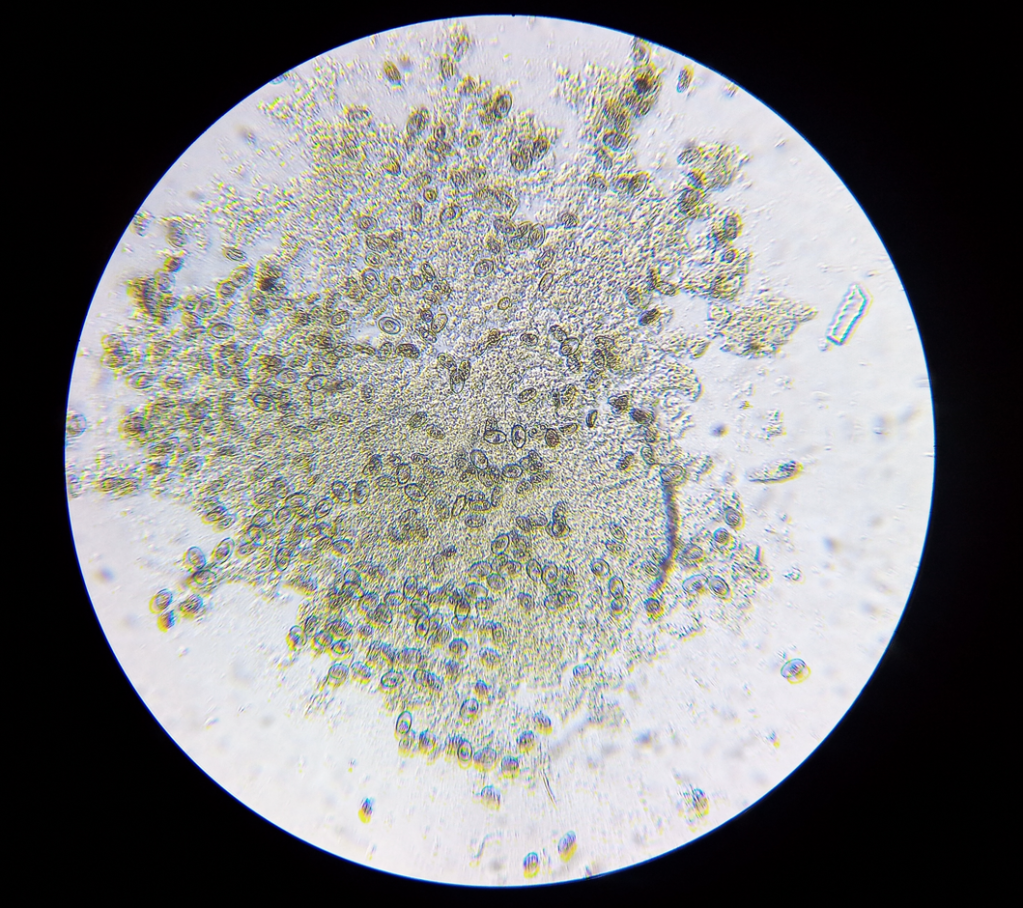
Dec 6, 2022 I was sent another tissue sample from the rabbit flock experiencing a nearly 60% mortality rate in new pups. This tissue sample was also a whole liver, collected from a seemingly healthy adult. This time, I performed a simple smear of bile duct fluid, as I could not observe any fatty white…
#FundMyStudy antibiotics botanical case study coccidia computers conifers DIY drug resistance ectoparasite ectoparasiticide environment fluke flystrike green science guidelines ivermectin journal article ked laboratory lice liver disease Lyme disease methods microscopy milk goats molecular cloning myiasis natural product parasites parasites of chickens parasites of goats parasites of rabbits parasites of sheep pest-control phytochemical plastic pollution recycle science writing skincare sustainability tardigrade ticks veterinary science

